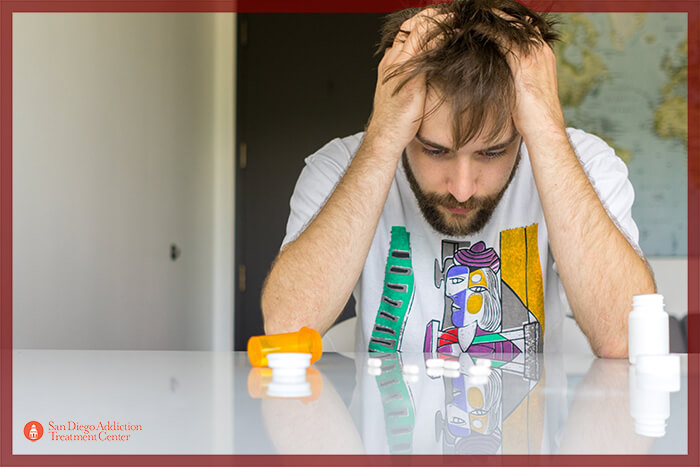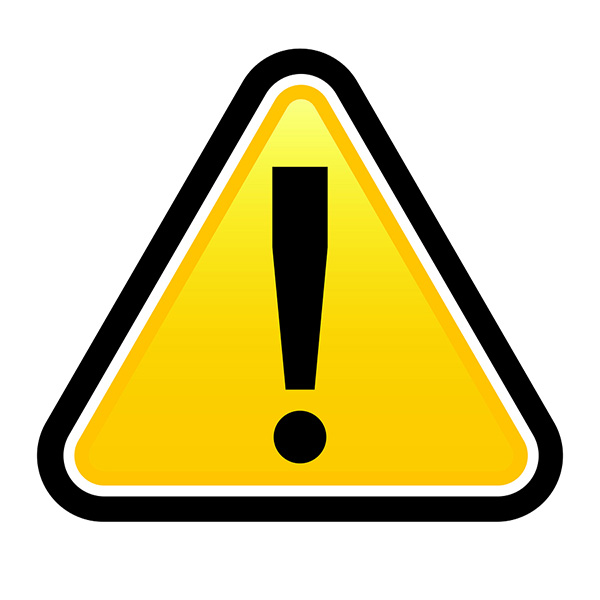
Barbiturates are a less common type of medication, part of the prescription drug abuse epidemic that, according to the National Institute on Drug Abuse, has been underway in the US for the past several years. While less commonly prescribed, barbiturates still present an active challenge to face in the struggle against this epidemic.
Barbiturates were much more commonly used in the last century. However, because of the high risks of overdose and other problems in using these drugs, their use has been severely diminished since the middle of the 20th century. Still, barbiturate abuse, addiction, and overdose continue to be real, relevant risks.
The History of Barbiturates
Barbiturates have been part of medicine for more than 150 years. The first version of the drug was developed in 1864, and it began to be employed in a variety of medical uses, including to:
- Treat sleep disorders, such as insomnia
- Provide anesthesia for surgery and other medical procedures
- Manage a range of mental health conditions, including neurosis and psychosis
- Ease headaches
- Control seizures, such as with epilepsy
While evidence of dependence on and addiction to barbiturates was seen as early as 1910, the drugs were still used for decades, until other drugs were developed that could replace them, “>such as benzodiazepines. By the 1960s, with high risks of overdose, dependence, and severe withdrawal symptoms established, medical barbiturate use dropped significantly.
Barbiturate Drugs and Specific Uses
More than 2,500 types of barbiturates were originally developed, with about 50 of those having been used medically. Some of the most common types of barbiturates, which are targets of abuse today, include:
- Phenobarbital
- Pentobarbital
- Mephobarbital
- Butalbital
- Amobarbital
- Secobarbital
- Tuinal
Most of the types of barbiturates still in medical use are indicated for inducing anesthesia. Secobarbital is sometimes used as an insomnia treatment, and phenobarbital and pentobarbital are still used in convulsive or seizure disorders like epilepsy. These medications are rarely used as anti-anxiety medications anymore due to the introduction of benzodiazepines and other tranquilizers.
Less Common, but Still Used
Barbiturates are much less commonly prescribed than they used to be. As described in an article from Neuropsychiatric Disease and Treatment, the high risk of overdose and other complications of barbiturate use have made doctors much more hesitant to use them for everyday therapies. These days, the hypnotic and anti-anxiety effects of these drugs are more easily obtained through other medications like benzodiazepines.
Nevertheless, these medicines are still used in some applications, such as for certain anesthesia use or severe insomnia, and in the cases of epileptic emergency or similar situations. A 2015 study in Headache also determined that barbiturates are sometimes still prescribed to help in managing migraine headaches; about 10 percent of patients in the study received this type of medicine for migraine treatment. Because these drugs are still available for these uses, it is possible for those who seek to abuse the drugs to find ways to obtain them.
Prescriptions and Rates of Prescription Abuse
Rates of barbiturate use for legitimate medical purposes have dropped significantly since the 1960s due to the determination that the drugs were not only highly dangerous even in small amounts, but also highly addictive. As a result, doctors are much less likely than previously to prescribe barbiturates.
Still, with the legitimate uses indicated above, and with the irresponsible prescribing practices that lead to inappropriate barbiturate prescriptions, more than 452,000 people used barbiturates for any reason in 2015, according to the National Survey on Drug Use and Health. Of these uses, 46,000 were considered by the survey to constitute misuse of the medications. This, therefore, contributes to the prescription drug abuse and addiction issue.
Barbiturate Abuse

For the most part, barbiturates are primarily abused by those who want to get high. Between the end of the 20th century and the beginning of the 2000s, abuse of these drugs began to climb among young people, according to an article from the University of Michigan. This abuse declined a bit until 2012; since then, it has remained somewhat steady.
Barbiturate abuse and addiction can also develop in those who are using the drugs for legitimate medical purposes. Because of the changes the drugs make in the brain’s GABA system, individuals who use these drugs for a long time can experience damage to that system and others, resulting in the person becoming dependent on the drug. If the person also becomes reliant on the drug to feel good or happy, compulsive use may start, meaning that the person can’t control barbiturate use. This is one of the main symptoms of addiction.
The Effects of Barbiturate Abuse: Short-Term and Long-Term Issues
Even small doses of barbiturates can constitute an overdose, in which case medical support is needed immediately to avoid serious physical complications, including death.
WebMD indicates that barbiturate withdrawal can also be a dangerous effect of abuse, whether or not addiction has developed.
- Anxiety
- Tremors
- Insomnia
- Agitation
- High body temperature
- Seizures
If an individual is trying to stop using barbiturates, it is recommended that detox not be done without medical support in order to avoid these symptoms becoming life-threatening.
Barbiturate Addiction
Because of the drug’s profound effects on the brain, barbiturate abuse can quickly lead to addiction. Through the person developing either tolerance – that is, a need to use more of the drug to achieve the same effect that was felt the first time it was used – or dependence, the person may soon lose the ability to control use of the drug regardless of the negative mental, physical, and personal effects that may result, such as:
- Severe cravings if the drug is stopped
- Withdrawal symptoms, described above
- Difficulties in relationships
- Inability to keep up with responsibilities
- Health issues caused by using the drugs – either mentally or physically
- Increased risk-taking behaviors when using the drug
- Loss of interest in favorite activities
These are just some of the signs and challenges of addiction. However, with professional support, people struggling with barbiturate abuse or addiction can recover and learn to manage the condition.
Treating Addiction to Barbiturates
As with many other addictive substances, barbiturate abuse and addiction can be treated with a combination of therapies, education, and other treatments to help the individual safely stop use and avoid relapse to abuse. Particularly for barbiturate abuse and addiction, medically supported detox and withdrawal are necessary to prevent severe withdrawal symptoms and help the person avoid relapse during this delicate time.
Finding a Treatment Center
The first step to recovering from prescription barbiturate abuse is to find a rehab program that employs research-based methods that are shown to improve the chances of recovery. In addition, it is important that the treatment plan be customized to meet the individual’s specific circumstances and needs rather than trying to employ a one-size-fits-all solution.
With these keys, it is possible to unlock the door to motivation and hope, providing the skills and confidence needed to manage barbiturate abuse or addiction for years to come.
It’s Never Too Late to Get Help
